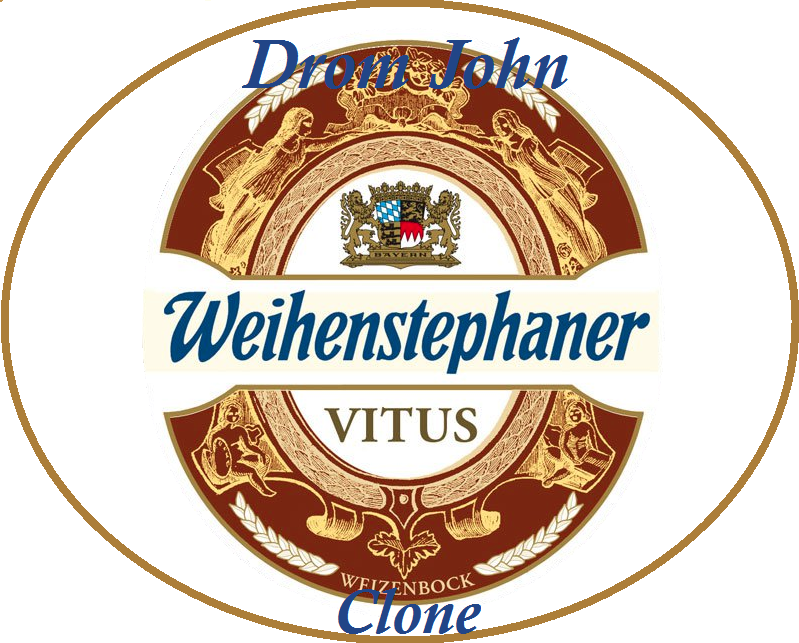slarkin712
Well-Known Member
The recipe is good. The key to this beer is fermentation. Underpitch the yeast, keep wort aeration low, and control fermentation temperatures. One might try decoction, but I think the yeast derived flavors are the most critical part of this beer. Better luck next time. Keep good notes about all your procedures, and you should begin to understand and improve the beer each time you brew it.




























































